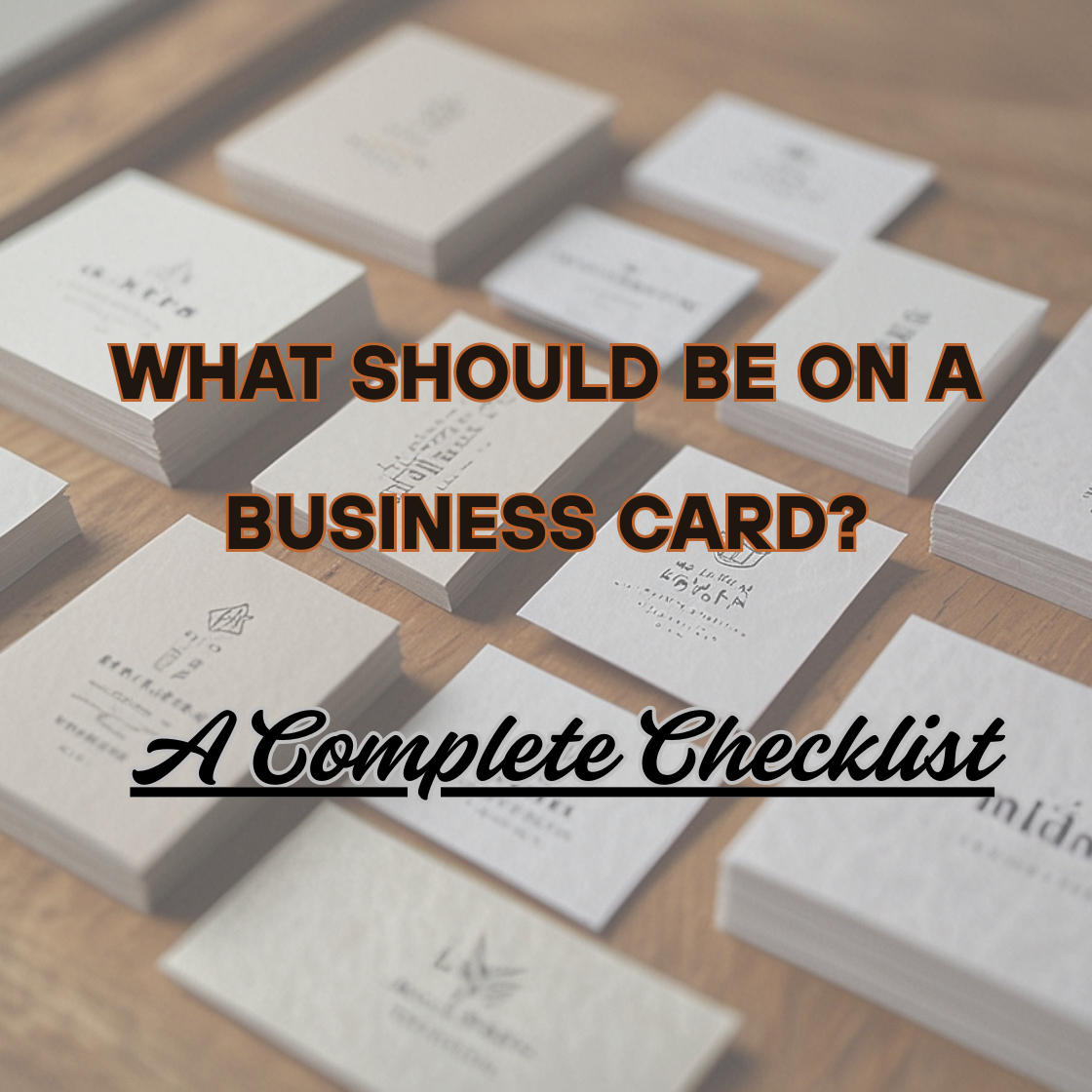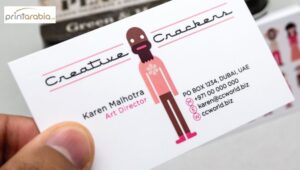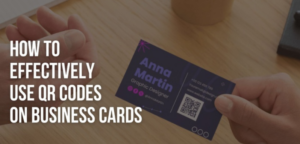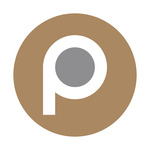
Introduction
Deciding what to include on a business card can feel overwhelming given the limited space. Yet this small piece of cardstock remains one of the most powerful networking tools in your professional arsenal. Understanding exactly what to include on a business card ensures you make the most impact during those crucial first interactions. This comprehensive checklist will guide you through the essential elements every effective business card needs, helping you design a card that recipients will keep, remember, and act upon.
Why Every Detail on Your Business Card Matters
First Impressions in a Small Space
Your business card occupies just 3.5 x 2 inches of real estate, yet it carries the weight of your professional identity. Every element—from font choice to spacing—communicates something about your brand and attention to detail. With studies showing that 88% of business cards handed out get thrown away within a week, your design choices must be intentional to ensure yours survives the discard pile.
Even in our digital world, the physical exchange of business cards creates a meaningful connection that digital alternatives can’t replicate. The tangible reminder of your meeting helps cement your interaction in the recipient’s memory, making your card’s design and information choices critically important.
The Business Card Checklist
1. Your Name & Job Title
Your full name should be the most prominent text element on your card, typically 2-3 points larger than other text. For clarity, use your professional name rather than nicknames. Your job title should accurately reflect your role and expertise, positioned directly below your name in a slightly smaller font. This pairing immediately communicates who you are and what you do.
2. Company Name & Logo
Your company branding deserves prominent placement, with your logo positioned strategically to draw attention without overwhelming other elements. Even as a freelancer without a formal logo, consistent visual branding across all materials reinforces recognition. As explored in Sticker Branding, visual consistency strengthens perception and memorability of your professional identity.
3. Contact Information
Include only the most relevant ways to reach you:
- Phone number (just one—preferably your most-checked line)
- Professional email address (avoid personal accounts like gmail.com when possible)
- Website URL (shortened for readability if necessary)
Remember, each element should be current and consistently monitored. There’s nothing worse than missing opportunities because you’ve included contact methods you rarely check.

Sample Business Card
4. Physical or Office Address (Optional)
For many professionals, especially in digital industries, physical addresses have become less essential. Include yours only if:
- You operate a physical store or office where clients visit
- Your industry requires it for credibility (legal, finance, etc.)
- You serve a specific geographic area
Otherwise, consider using this space for more impactful information.
5. Social Media Handles
In today’s connected world, your social presence extends your professional reputation. Include only platforms where:
- You maintain an active, professional presence
- Your content reflects your expertise
- The platform is relevant to your industry
For most professionals, LinkedIn is essential. Creative professionals might include Instagram or Behance, while thought leaders could add Twitter. Limit yourself to 1-3 of your strongest platforms.
6. QR Code (Optional but Modern)
A QR code bridges your physical card with your digital presence, offering several strategic advantages:
- Instantly connects recipients to your website or portfolio
- Provides easy digital contact saving
- Tracks engagement through scan analytics
- Saves space by eliminating multiple text lines
Position your QR code where it won’t interfere with essential information, typically in a corner or on the back of the card.
7. Tagline or Value Proposition
A concise, powerful statement can differentiate you from competitors and make your card more memorable. Your tagline should:
- Be 5-7 words maximum
- Communicate your unique value
- Avoid generic industry jargon
- Reflect your brand voice
Examples like “Transforming Spaces, Creating Homes” for an interior designer or “Financial Clarity for Growing Businesses” for an accountant instantly communicate your specialty and value.
8. White Space and Layout
Though not information itself, thoughtful use of white space significantly impacts how recipients process your card. Strategic spacing:
- Improves readability and focus
- Creates visual hierarchy
- Conveys professionalism
- Helps important elements stand out
Resist the temptation to fill every available space—sometimes what you leave out is as important as what you include.
What Not to Include on a Business Card
To maximize impact, exclude:
- Fax numbers (unless your industry specifically requires them)
- Multiple phone numbers or email addresses
- Outdated social platforms you rarely update
- Overly personal information
- Complicated backgrounds that reduce readability
- Gimmicky features that don’t serve a purpose
Remember, clarity trumps completeness. A focused card with fewer, well-chosen elements will outperform a cluttered card every time.
Final Design Tips for First-Timers
For a professional result:
- Stick to 1-2 fonts maximum
- Ensure text is readable (minimum 8pt font)
- Maintain consistent branding with your other materials
- Choose paper weight and finish that reflect your brand quality
- Check all information for accuracy multiple times
- Get a test print before ordering in bulk
The physical quality of your card speaks volumes about your attention to detail—premium card stock with a quality finish can elevate perception of your services before you’ve spoken a word.
Ready to Print?
Design your business card with intention and print it with impact. At PrintArabia, we offer Business Cards in premium finishes that ensure your first impression sticks. Whether you’re a freelancer, startup, or established business, choose from our range of Textured Business Cards, Standard Letterheads, and presentation folders to complete your brand kit.

